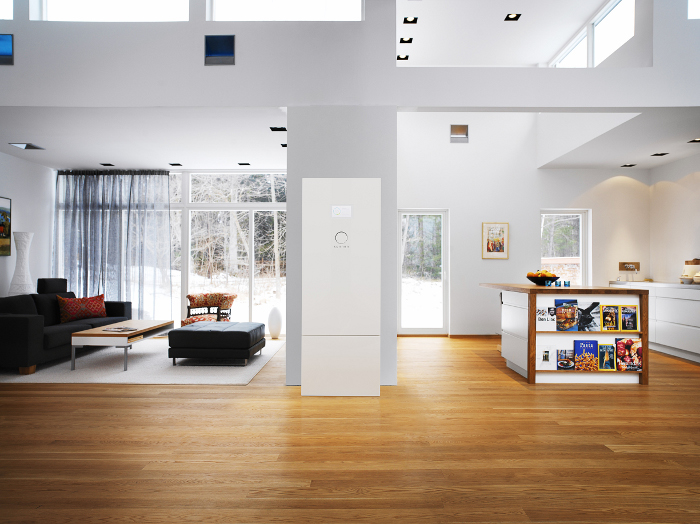As stated in a recent report by the Climate Council, the Australian residential storage market is about to take off. Behind the increasing adoption of residential storage is a range of factors, including price declines of lithium-ion (Li-ion) batteries.
The Climate Council found that Li-ion is tracking the declines achieved by solar PV, with prices dropping by 80% since 2010, and are tipped to halve again by 2025.
Logan Goldie-Scot, who leads Bloomberg New Energy Finance’s (BNEF) battery storage analysis, meanwhile, reports that Australia and Germany are neck-and-neck in terms of being the fastest growing residential storage markets.
Popular content
“We estimate between 1 GW – 1.4 GW [of residential storage will be installed] in 2018 globally,” he says . “Leading markets are similar to those in 2017, although the U.S. emerges in 2018.”
Read the full article on pv magazine Australia.
This content is protected by copyright and may not be reused. If you want to cooperate with us and would like to reuse some of our content, please contact: editors@pv-magazine.com.



7 comments
By submitting this form you agree to pv magazine using your data for the purposes of publishing your comment.
Your personal data will only be disclosed or otherwise transmitted to third parties for the purposes of spam filtering or if this is necessary for technical maintenance of the website. Any other transfer to third parties will not take place unless this is justified on the basis of applicable data protection regulations or if pv magazine is legally obliged to do so.
You may revoke this consent at any time with effect for the future, in which case your personal data will be deleted immediately. Otherwise, your data will be deleted if pv magazine has processed your request or the purpose of data storage is fulfilled.
Further information on data privacy can be found in our Data Protection Policy.